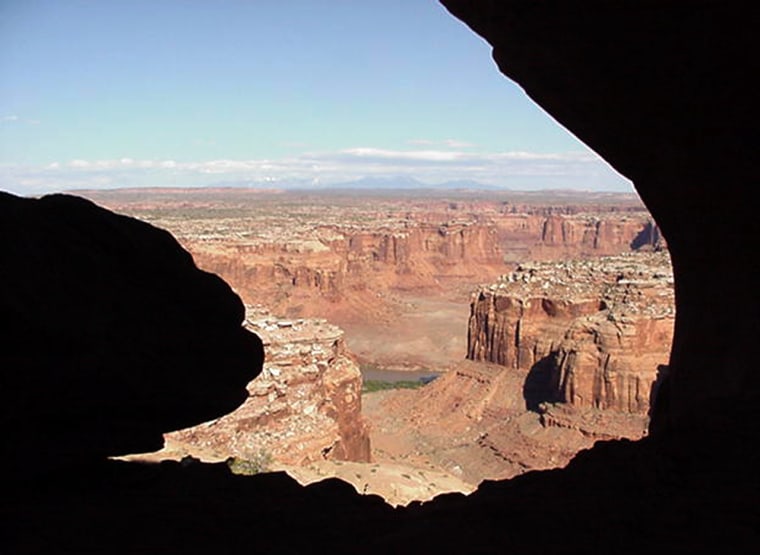The possibility of new national monuments is stoking fears and generating resentment in Utah and other energy-rich states that could see millions of acres of federal land made off-limits to development.
An internal U.S. Department of the Interior document lists 17 sites in 11 states that could be designated as national monuments through the federal Antiquities Act. Most of that land is already managed by the federal Bureau of Land Management.
The Antiquities Act gives presidents the authority to designate monuments without congressional approval. The Interior Department insists the document is a product of brainstorming and nothing more.
Many people here are still furious about then-President Bill Clinton's designation of the Grand Staircase-Escalante National Monument in 1996 after his administration made public assurances that it had no plans to do so.
In Utah, Republican state lawmakers on Tuesday moved forward with legislation that would allow the state to use eminent domain to take federal land that they hope will spark a U.S. Supreme Court battle.
Interior Secretary Ken Salazar met with Western governors over the weekend in Washington to assure them that President Barack Obama's administration doesn't intend to repeat Clinton's actions.
Republican Utah Gov. Gary Herbert said he doesn't have any reason not to trust Salazar, but it's a harder sell among some state residents.
"The issue in the past is that they told us one thing and did the other. They never have taken into account how important the public lands are in the state," said Vaughn Johnson at a protest Tuesday at the Utah Capitol. "The last time they did that in Grand Staircase, they locked out a lot of ranchers, they locked out a whole bunch of clean coal."
"I keep thinking about what President Clinton did to us ... came in here, snuck in here, did the land grab. I can see that happening right now. That's my biggest concern," said Gary Wilcox of Hurricane, in southern Utah.
Johnson was one of more than 200 people who showed up to support a measure introduced a day earlier by U.S. Sen. Bob Bennett, R-Utah, that would require congressional approval of future monuments in Utah.
The Interior Department document mentions two possible designations in Utah — the San Rafael Swell and Cedar Mesa in the southern part of the state.
The San Rafael Swell is home to eight rare plant species as well as other wildlife, including bobcats, eagles and coyotes. Many residents are afraid the federal government would declare it off limits to off-road vehicles or energy exploration.
"I don't trust the present administration at all," said Gerry Williams, a Midvale man who was one of scores of off-road vehicle enthusiasts at the Capitol. "There are lots of us that physically aren't capable of hiking three or four days to a monument, but I can take my Jeep out ... and we can enjoy the beautiful scenery."
Other sites mentioned in the Interior Department document include the Berryessa Snow Mountains in California, the Northwest Sonoran Desert in Arizona and the San Juan Islands in Washington state.
